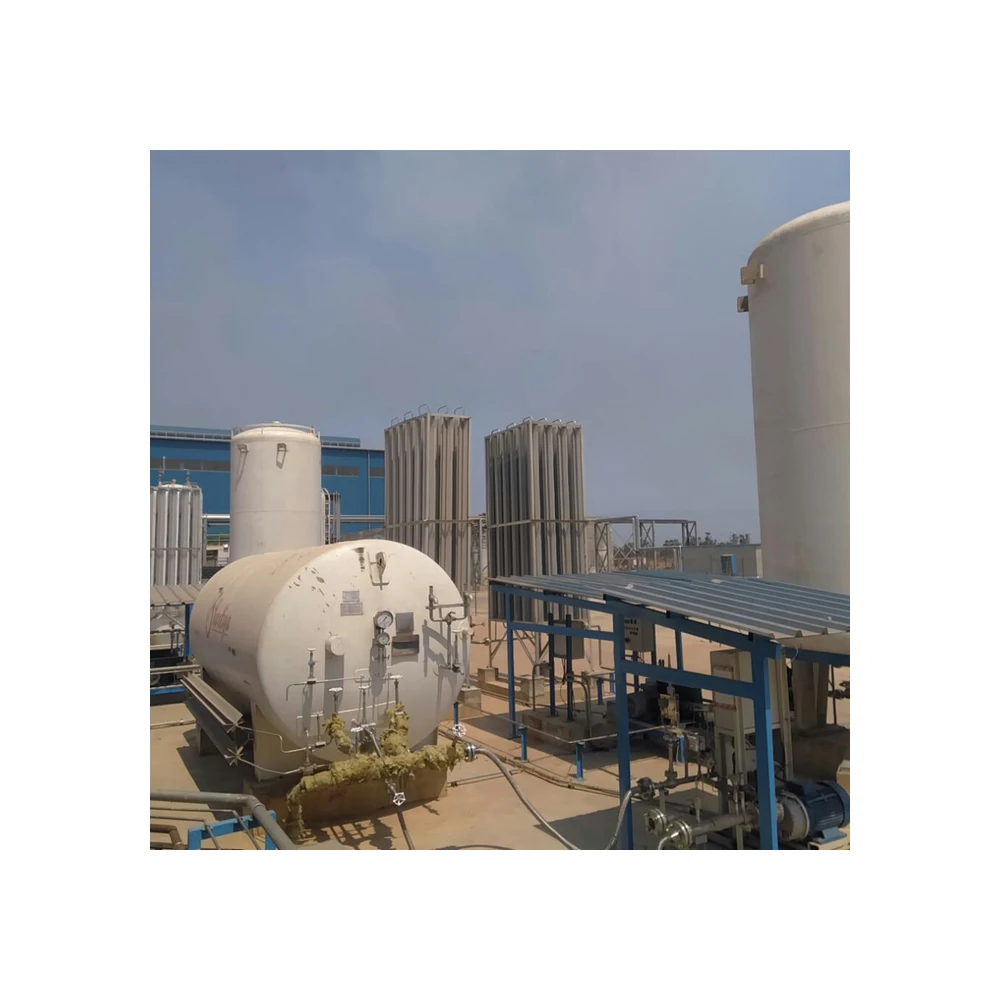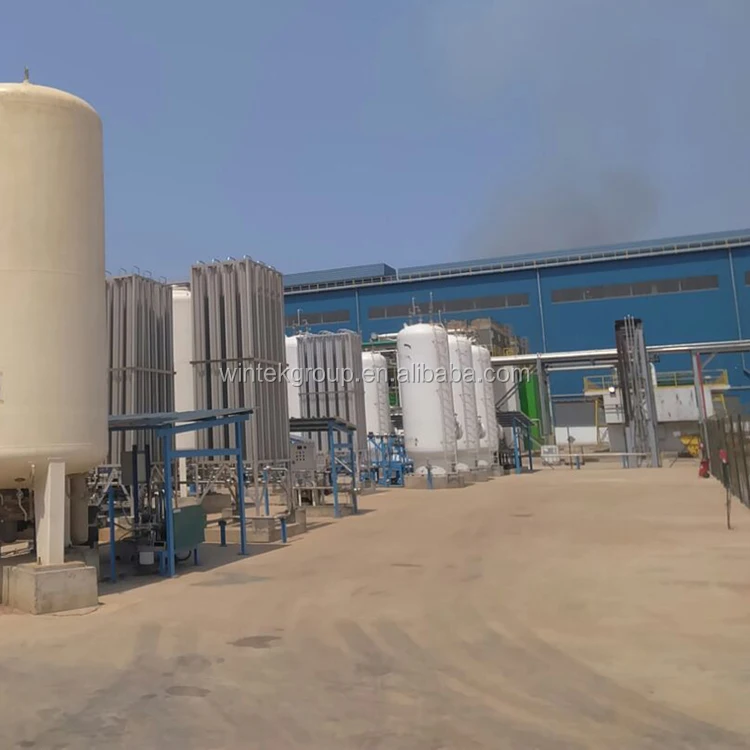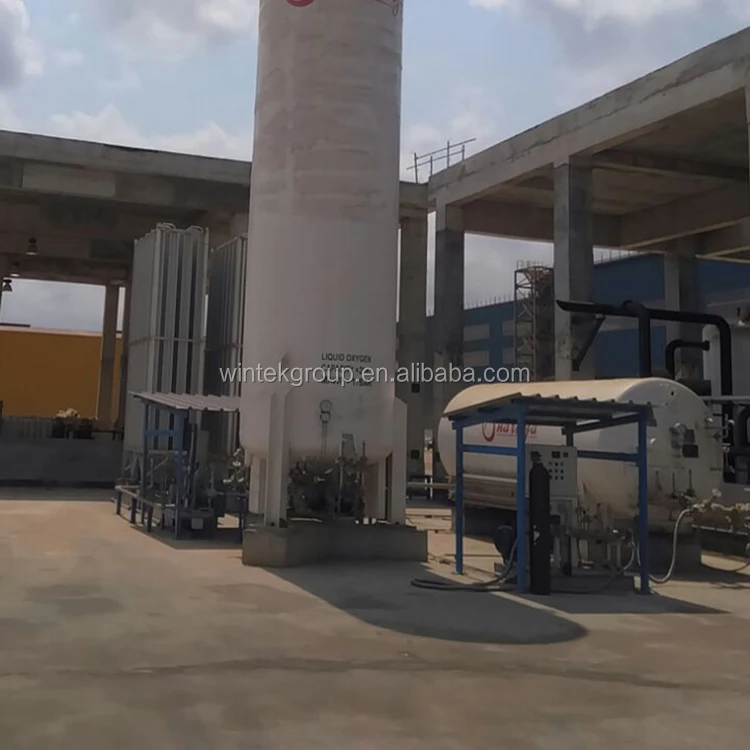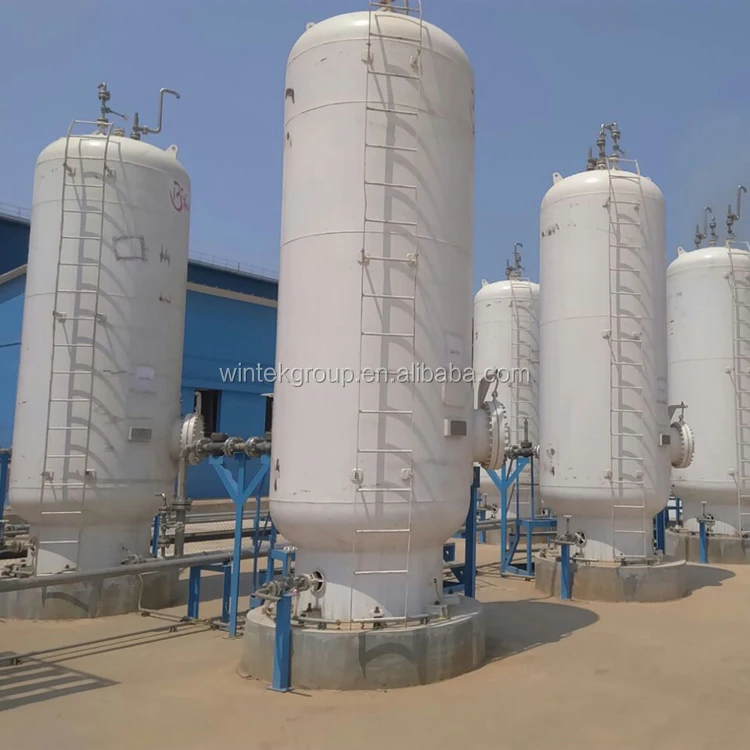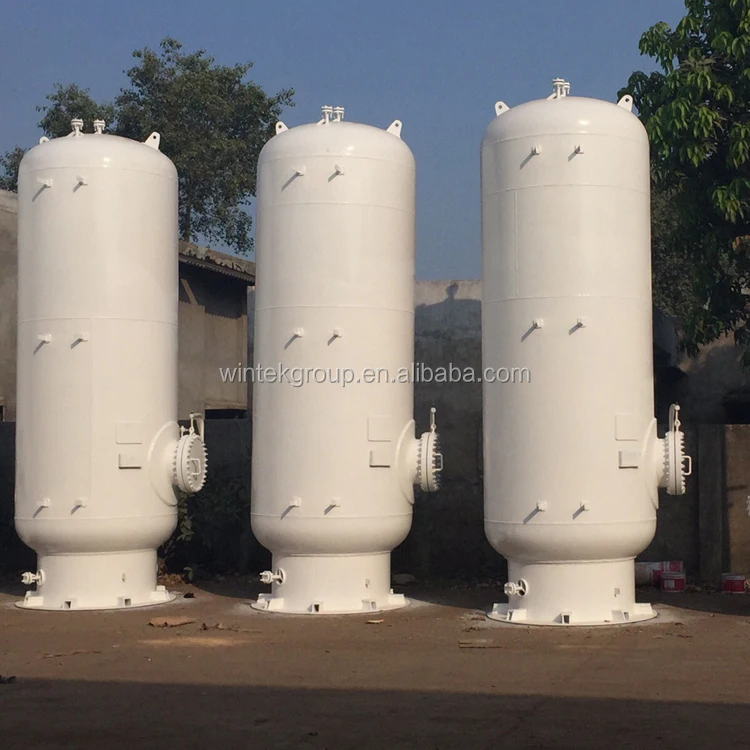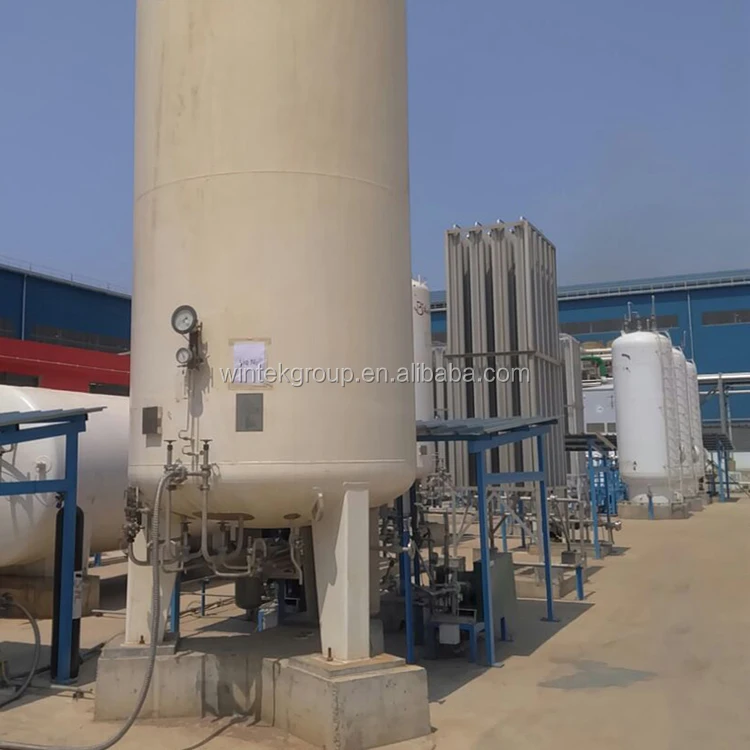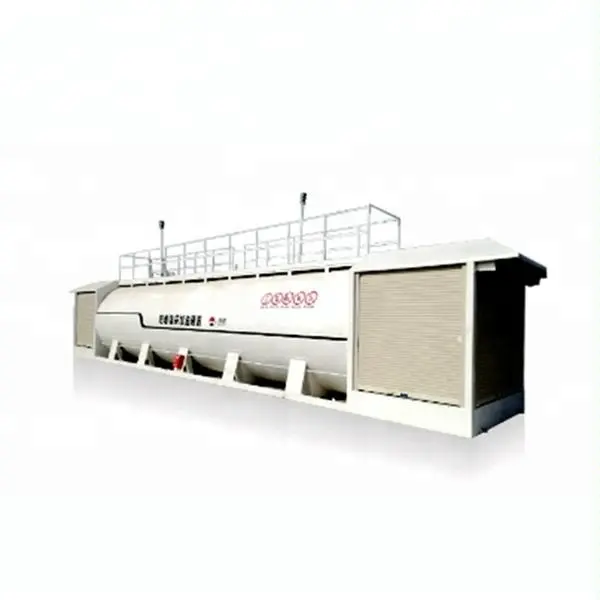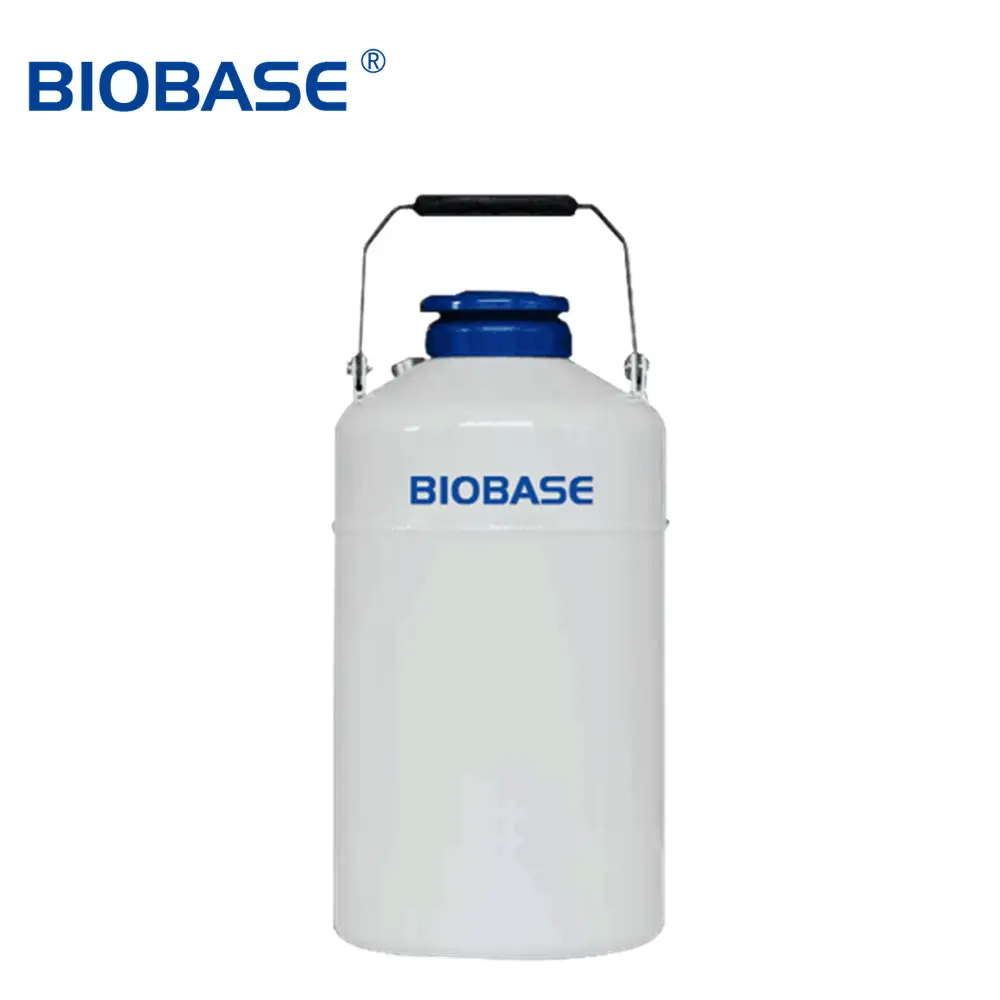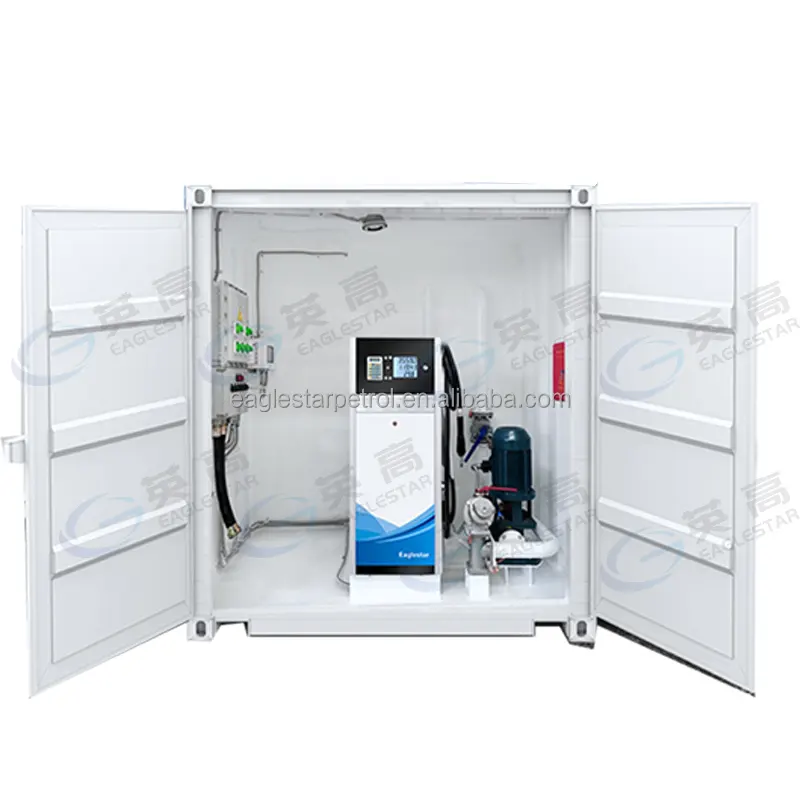30m3 0.2MPa жидкость СО2 бак и для хранения также жидкий азот
- Категория: Chemical Storage Equipment >>>
- Поставщик: Jiangsu,Wintek,Industrial,Technology,Co.,Ltd.
Поделиться:
Описание и отзывы
Трекер стоимости
| Месяц | Минимальная цена | Макс. стоимость |
|---|---|---|
| Aug-17-2025 | 1.19 $* | 1.41 $* |
| Jul-17-2025 | 1.95 $* | 1.80 $* |
| Jun-17-2025 | 1.60 $* | 1.14 $* |
| May-17-2025 | 1.57 $* | 1.14 $* |
| Apr-17-2025 | 1.71 $* | 1.99 $* |
| Mar-17-2025 | 1.79 $* | 1.74 $* |
| Feb-17-2025 | 1.99 $* | 1.55 $* |
| Jan-17-2025 | 1.94 $* | 1.5 $* |
Характеристики

Our Services
Liquid oxygen/nitrogen/argon/LNG tank |
|
Model | CFL(W)-30/0.2 |
Storage medium | Liquid oxygen/nitrogen/argon/LNG |
Vessel type | Horizontal/Vertical |
Insulation type | Vacuumed-powder insulation |
Effective capacity: | 30 m3 |
Filling rate: | 95% |
Max. Working pressure(Inner vessel/ outer vessel) | 0.2Mpa/-0.1MPa |
Design temperature(Inner vessel/ outer vessel) | -196℃/-20℃~ 40℃ |
Material(Inner vessel/ outer vessel) | SS304(06Cr19Ni10)/ Q245R(Q345R) |
Main scope: Integrated vessels with assembled valves and piping, insulation perlite, booster vaporizer etc. | |
Features: Vacuum power insulation | |
Vacuum Powder Insulation Cryogenic Tank
Running and Operation Instructions
1. Operation
Table 1:Valve operation list of fixed powder insulation tank
Valve No. | Mark name | Filling liquid | Normal Pressure Storage | Pressure storage | Pressurizing | Liquid discharge | Note |
V15 | Pressurizing valve | close | close | close | open | open |
|
V17 | Upper liquid inlet valve | open | close | close | close | close | close when lower liquid enters |
V16 | Liquid inlet vlave | open | close | close | close | open | close when upper liquid enters, open when filling liquid into transportation tanker |
V15 | Pressurizing liquid passing valve | usually open valve |
| ||||
V18 | Pressurizing gas passing valve | usually open valve |
| ||||
V19 | Gas passing valve | usually open valve | Tri-pass valve switch | ||||
V14 | Liquid filling indication valve | open | close | close | close | close | open when filling liquid full |
V12 | Inside vessel exhaust valve | open | open | close | close | close | open when filling under normal pressure |
V13 | Pipe residue liquid outlet valve | open | close | close | close | close | open when filling finished |
V4 | Pressure meter valve | usually open valve |
| ||||
V9 | Pressurizing valve | automatic(open under low pressure) | Filling type no such valve | ||||
V10 | Depressurizing valve | automatic(discharge when exceeding pressure) | Filling type no such valve | ||||
V6 | Vacuum valve | Forbidden touch valve | open when vacuumizing | ||||
V20 | Liquid discharge valve | close | close | close | close | open | Discharge liquid outside |
Note:1.V7is automatic open and close valve that is not listed in above table. Liquid level meter should be well connected the upper and lower pipe as instructions. Before measurement, the balance valve, upper and lower valve of liquid level meter should be opened, when measuring, close the balance valve. When upper and lower valve of liquid level meter , and balance valve are all closed, the upper or lower valve of liquid level meter shouldn’t be singly opened in order to protect the instrument.The operations should be done as per operation instructions of liquid level meter. | |||||||
Preparation work:
Before ex works, every tank has been sealed by dry nitrogen. Before using it, user should do gas tight test, blow residue moisture, displace gas ,and check the valves.
a. Gas tight test:
After completion of installation and inside vessel recover normal temperature, gas tight test must be done before filling cryogenic liquid, and the pressure shall be design pressure of tank. The test gas shall be oil free dry air or nitrogen. The test duration time shall be 4 hours.
b. Blow process:
After pass of gas tight examination, the inside vessel shall be blow by oil free dry air to remove moisture air.
After blowing, it should also be displaced by product gas and it must be vacuumized again for high purity product. After this, the user can fill liquid.
All pipes and valves should be blown separately, especially for liquid level meter, pressure meter, the gas should be discharged from connection end in order to remove remain moisture until the purity of discharged gas reach requirement.
c. Check of instruments and valves:
Before filling liquid, user must check whether valves are in right position and instruments are nimble. User should also check whether the connection of pressure meter and liquid level meter are ok.
(2) Filling liquid :
First time filling(when the inside vessel is under warm conditions) with procedures as follows:
Connect filling pipelines
Blow filling pipe(every time before filling).Before opening V17, fill in some liquid from liquid discharge valve, and open V13 at the same time to blow pipe to remove moisture air and dust.
OpenV1,V2,V3,close V2 and start liquid level meter when pressure meter has indication.
Open V12 and open V17 a little to make liquid in from upper end. Now the V17 should be open very small to make pipe and inside vessel cool down to temperature of liquid because the inside vessel is now under warm conditions; When V12 is discharging stably, user can turn on V17 bigger to faster filling speed.
When level meter has liquid indication, open V16 and close V17 to change liquid in from upper end into lower end.
When V14(has been opened before) has liquid blowing out, it shows that the liquid has been full, now user should close V16 to stop filling, and open V13 to discharge residue gas liquid mixture. Disassemble liquid filling soft pipe and cover dust-proof dome with quick connector.
Make up filling(when there has been cryogenic liquid in inside vessel):
Makeup filling is basically the same to fist-time filling with difference that there has been cryogenic liquid and no need to cool inside vessel. So liquid can be filled from V16 directly.
Besides, on sight of pressure, there are normal pressure filling and pressurizing filling.
Normal pressure filling:During filling, V12 is open constantly to ensure connection of inside vessel and surrounding.
Pressurizing filling: During filling, V12 is closed and the inside vessel pressure is higher than ambient pressure.
The first-time filling should adopt normal pressure filling and make-up filling can adopt pressurizing filling.
Pressurizing
During pressurizing and discharging liquid, in order to upgrade or stabilize vessel pressure, user can increase pressure by booster. The upgrading pressure shall be as per requirement while should not be higher than maximum working pressure. The pressurizing procedures are as follows:
Check pressure meter is under working condition.
Check V18 has been fully opened.
Open V15 slowly to make liquid gasified in booster. Adjust the bolt of V9 and V10 to set required pressure. For adjustment, the closing pressure of V9 should be a 0.02~0.05MPa lower than open pressure of V10. After adjustment, user should lock the bolts.
When no need to stabilize inside vessel pressure or stop supplying liquid, V15 should be closed.
Liquid discharge
Liquid shall be discharge from inlet/outlet valve V20.
The liquid discharge is to use tank for supplying liquid to gasifier then to final gas user, with operation procedure just to open V20. This should be done with pressurizing process until gasifying capacity reach requirement and pressure is stabilized.
Storage
The storage of liquid can be divided into normal pressure storage and pressurizing storage.
During normal pressure storage,V12 and V14 are always open to make the naturally evaporized gas go to surrounding from this valve, so to make the vessel pressure not increase. Because natural evaporation is very little, so V12 just needs to open a little.(The open degree should keep vessel pressure not rising.
Pressurizing storage:
During pressurizing storage,V12 should be closed because naturally evaporized gas stays in vessel to increase the pressure of inside vessel. Now except for liquid level meter and pressure meters, all other valves should be as per table 1. When inside vessel pressure reaches working pressure, user should open V12 immediately to discharge pressure.
During pressurizing storage process, it is not linear relation between pressure increasing and time because the liquid layer phenomenon. After reach a certain pressure, the pressure increases more quickly, so user should pay attention to the pressure change of inside vessel. When inside vessel pressure reaches maximum working pressure, user should open V12 to discharge pressure.
When store liquid oxygen for long time, user examine and analyze CxHy in the liquid weekly for safe reason. User should mainly check the C2H2 content not higher than 0.1PPM, or user should discharge all Liquid immediately or make up liquid to make C2H2 content lower than 0.1PPM.
Because the density of cryogenic liquid is different under different pressure, and the volume will expand after heating from surrounding. So it should be forbidden to store liquid for long time while not use it, or the liquid level shall exceed gas phase space required for tank safety.
Filling and discharging simultaneously
User should has the following conditions for filling and discharging simultaneously.
During filling, user should usually adjust V16 and V17 to guarantee the stability of vessel pressure. Pressure shall rise when filling liquid from lower end and decrease when filling from upper end.
Booster is working. Adjust V9 and V10 to control the pressure of inside vessel.
Problems solution
Problem phenomenon | Reason | Solution |
During using, inside vessel pressure rises unnormally. | a.V15 isn’t closed tightly and there is leakage | V15 needs grinding and repair |
b. Pressure meter indicates not accurately. | Repair or change pressure meter | |
Liquid level meter indicates not true | a.Liquid level meter broken | Repair liquid level meter |
b. Upper and lower pipe of level meter leakage | Repair and block leakage | |
c. Connector of liquid level meter leaks gas | Repair gas leakage | |
Evaporation rate exceeds design value and top frosted | a.V12 is not close tightly and there is inside leakage | Grind and repair vavles |
b. Vacuum is broken | Revacuumizing | |
c.Top perlite goes down or perlite is not fill tightly | Make up perlite and re- vacuumizing | |
Liquid or gas leaks from valve cap or connectors | a.Sealing padding is not pressed tightly | Screw down padding cap |
b.Sealing ring broken | Change sealing ring | |
c.Sealing section broken | Repair or change parts | |
d.Welding seam leaks gas | Make up welding(as per welding requirements) |
 w
w








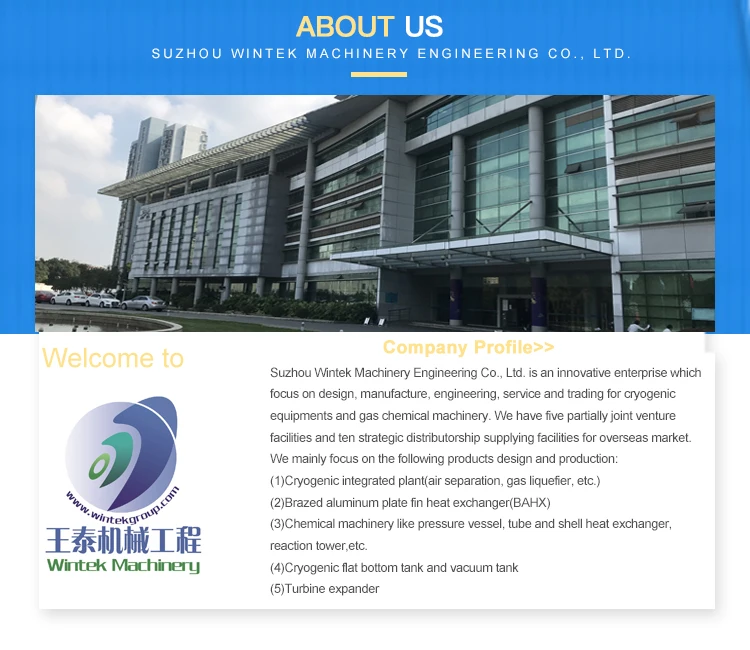
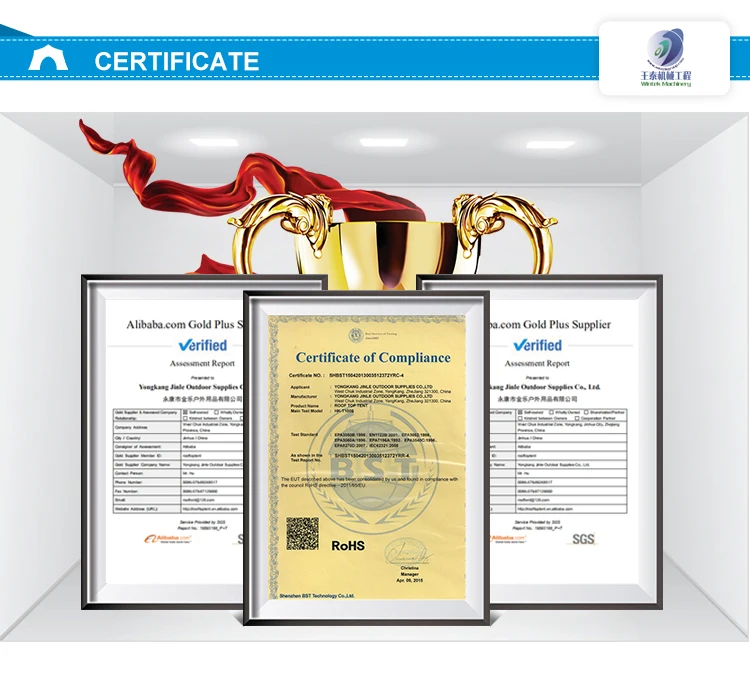



Q1: How about the quality of your products?
A: Our machines are manufactured strictly according to national and international standards, and we take a test on each equipment before delivery. You can also use Trade Assurance by Alibaba for product quality protection, on-time shipment protection and payment protection.
Q2: How about the price?
A: We are manufactory, and we can give you lower price than those trade companies. Besides, customers from Alibaba can geta discount.
Q3: Do you provide after-sale service?A: Yes. The warranty peniod of our machines is one year, and we have a professional after-sale service team to promptly and thoroughly solve your problems.

